Choosing the right lawn mower is no longer as simple as picking between gas or push models. In 2025, Canadian homeowners face a market shaped by rapid technological change, shifting environmental priorities, and rising expectations for convenience. Traditional walk-behind mowers are still common, but the surge in battery-powered options and the fast-growing popularity of robotic mowers are transforming how we think about lawn care.
For Canadian buyers, the decision goes beyond horsepower or price tag. Climate realities — from long winters that demand reliable storage solutions to wet springs that challenge traction — directly influence performance. Local factors such as noise bylaws, emission restrictions, and service network availability also matter. At the same time, manufacturers are racing to introduce quieter, more efficient machines with advanced navigation and wireless connectivity.
This guide breaks down the different types of mowers available, explains the key factors that should guide your decision, and provides a clear framework for evaluating whether a robotic mower fits your yard and lifestyle.
Types of Lawn Mowers in the Market
The Canadian lawn mower market offers a broad spectrum of options, each designed for specific yard sizes, terrains, and homeowner preferences. Understanding these categories is the first step toward narrowing your choices.
1. Manual Reel Mowers
A reel mower is the simplest option: a push-powered unit with a cylinder of blades that cut grass through a scissor-like action. They are lightweight, nearly silent, and emission-free, making them ideal for very small, flat lawns (under 2,000 sq. ft.). Their main limitation is effort—taller grass or uneven terrain requires significant pushing power.

2. Gas Walk-Behind Mowers
Long the standard in suburban yards, gas-powered walk-behinds are known for their strength and versatility. They can cut through thick, wet grass and typically handle mid-sized lawns (3,000–10,000 sq. ft.) with ease. However, they are noisy, emit exhaust, and require seasonal maintenance like oil changes and spark plug replacements. As municipalities adopt stricter emission and noise standards, gas models may face growing restrictions in Canada.
3. Battery/Electric Walk-Behind Mowers
Battery-powered cordless mowers have surged in popularity thanks to their low noise, zero emissions, and reduced maintenance. Modern lithium-ion batteries now support run times of 45–90 minutes, sufficient for most suburban lots. Corded models are still available, but they’re less practical for larger yards. While quieter and easier to maintain than gas, battery units may struggle with very thick grass or oversized properties, and battery replacement costs should be factored into long-term ownership.
4. Zero-Turn Mowers
Zero-turn radius (ZTR) mowers are engineered for speed and maneuverability. Popular with landscaping professionals and owners of large properties (half an acre and up), they use twin hydrostatic transmissions to pivot on the spot, allowing efficient mowing around trees and landscaping features. Gas models dominate this category, but battery-powered ZTRs are emerging as a premium, eco-friendly option. Their main drawbacks are cost—often several thousand dollars—and the need for storage space.
5. Robotic Lawn Mowers
The fastest-growing segment, robotic mowers operate autonomously, trimming small amounts of grass frequently for a consistently neat lawn. Early models required perimeter wires, but newer units use GPS or vision-based navigation, reducing setup complexity. They’re best suited for tech-savvy homeowners who value convenience and are willing to invest upfront ($1,200–$5,000+). While they handle typical suburban lawns well, buyers must consider slope capacity, battery runtime, and whether Canadian winters allow for easy off-season storage.
|
Mower Type |
Ideal Lawn Size |
Strengths |
Limitations |
Typical Price Range (CAD) |
Best Fit For |
|
Manual Reel |
Small, flat (<2,000 sq. ft.) |
Silent, eco-friendly, very low cost |
Labour-intensive, struggles with tall/uneven grass |
$100–$300 |
Eco-conscious small-lot owners |
|
Gas Walk-Behind |
Small–medium (3,000–10,000 sq. ft.) |
Powerful, handles tough/thick grass |
Noisy, emissions, higher maintenance |
$400–$900 |
Traditional suburban yards |
|
Battery Walk-Behind |
Small–medium (up to 7,500 sq. ft.) |
Quiet, low maintenance, zero emissions |
Limited runtime, battery replacement costs |
$500–$1,200 |
Families wanting quiet & clean operation |
|
Zero-Turn |
Large (0.5 acre +) |
Fast, highly maneuverable, pro finish |
Expensive, storage space needed |
$3,500–$8,000+ |
Large properties, prosumers |
|
Robotic |
Small–large (depends on model; 0.1–1 acre+) |
Fully autonomous, consistent cut, very quiet |
High upfront cost, slope/obstacle limits, winter storage needed |
$1,200–$5,000+ |
Tech-savvy, convenience-focused buyers |
Key Buying Factors When Choosing a Lawn Mower
Selecting the right mower is more than aesthetics or brand—it’s about aligning machine capabilities with your yard, climate, budget, and lifestyle. Here are the most important factors to consider, especially for Canadian homeowners. Use these as a checklist when evaluating mowers.
1. Yard Size & Shape
- Square footage / acreage: How big is your lawn in usable area, not just property size? For small urban yards (say under ~5,000 sq ft), a narrower deck / smaller mower may suffice. For suburban yards (10,000-20,000 sq ft), you’ll want wider cutting width or more coverage per charge/run. For large lots (half-acre or more), zero-turns, lawn tractors, or high-capacity robotic mowers become more efficient. You can use the Mammotion measure lawn tool if you don't know what size of your lawn.
- Shape & layout: Long, narrow strips vs irregular borders, presence of flowerbeds, trees, garden features. These affect maneuverability and the time spent turning / repositioning. A narrower deck or zero-turn for tight corners; push or robotic mower if ease around obstacles is important.
2. Terrain & Slope
- Inclines / hills: Mowers need sufficient traction (wheel drive, weight, possibly AWD or RWD) or built-in slope handling. If steep slopes, push models become tedious; self-propelled or robotic models with good slope capability are better. Note: many robotic mowers are rated for certain slope %; exceeding that degrades performance or safety.
- Obstacles & uneven ground: Roots, bumps, uneven soil mean mower durability, wheel size, engine torque matter. Suspension (on ride-ons), robust drive mechanism (on walk-behind), and flexible deck height adjustments become more critical.
3. Cutting Width, Deck Size & Cut Quality
- Cutting width / deck size: A wider deck means fewer passes → less time. But wider = heavier / harder to store / less manoeuvrable. Balance width with yard size and ability to transport/store.
- Adjustable cutting height: Essential if you’ll vary cut height seasonally (spring, summer, fall) or depending on grass type (cool-season grasses, etc.). Good height adjustment helps avoid scalp-damage and promotes lawn health.
- Mulching, bagging, side discharge: What happens to clippings matters. Mulching recycles nutrients, bagging gives clean look, side discharge helps with very high grass. Features matter depending on how you like your lawn’s appearance, and how you deal with clippings.
4. Power Source & Fuel / Energy Type
- Gas vs battery/electric vs manual: Gas offers power and runtime, but higher noise, emissions, and more maintenance. Battery-powered models are quieter, cleaner, increasingly viable thanks to improving battery tech. Manual/reel is lowest emissions, lowest cost, but high labour. Canadian sources note electric models’ rising popularity and environmental benefit.
- Battery specifics (if you go electric or robotic): battery capacity (amp-hours / watt-hours), charge time, expected life (number of charge cycles), replacement cost. Especially in Canada, battery performance in cold conditions drops—look for models with cold-weather battery warranties or designs that protect batteries.
- Fuel efficiency / engine quality (with gas): cc, HP, engine brand, fuel-injection vs carbureted; more fuel efficient = lower running cost and emissions. Also, local emission laws (some municipalities are restricting gas powered tools).
5. Noise, Emissions & Local Regulations
- Noise restrictions: Many Canadian municipalities have bylaws on acceptable decibel levels, “quiet hours.” Battery/electric and manual reel models tend to be significantly quieter. Gas walk-behinds are loud; zero-turns and robotic vary by design.
- Emissions / environmental impact: Federal/provincial regulation trends are towards reducing greenhouse gases and banning or limiting sale/use of gas-powered tools. Buyers interested in sustainability should favor battery/electric or manual.
- Neighbours & usage time: Quieter models allow more flexible scheduling (early morning, weekend) without disturbing neighbours.
6. Budget & Total Cost of Ownership (TCO)
- Upfront cost vs operating cost: Price of mower is just the start. Factor in fuel or electricity, maintenance (oil, spark plugs, blade sharpening), battery replacement, parts, accessories. A cheaper gas mower might cost more over 3-5 years than a more expensive battery model with lower operating cost.
- Maintenance needs: Gas engines need oil changes, air filters, spark plugs; electric motors need less, but batteries degrade. Blade sharpening, deck cleaning, winter prep also matter.
- Warranty & parts availability: Especially in Canada, where winters limit seasonal usage — good service network (local dealers / authorized service centres) can make or break satisfaction. Brands with nationwide support reduce downtime and parts cost.
7. Longevity, Brand & Support
- Brand reputation & durability: Some brands have strong track record in Canadian conditions. Engine manufacturers matter (brands like Honda, Briggs & Stratton, etc.).
- Warranty terms: What is covered, for how long; especially battery warranties; what constitutes valid warranty service in remote or rural regions.
- Dealer/service network: Proximity to service centres; whether dealers can do repairs; availability of parts especially for electric/robotic models.
How to Choose the Right Robotic Lawn Mower
Robotic lawn mowers have shifted from a niche gadget to one of the fastest-growing categories in outdoor power equipment. For many Canadians, they offer the promise of a perfectly maintained lawn with minimal effort. But not every robotic mower fits every property. Here’s how to make a smart choice.
1. Lawn Size & Coverage
Every robotic mower is rated for a maximum area, typically expressed in square metres or acres.
- Small lawns (under 5,000 sq. ft.): Entry-level models are usually sufficient and more affordable.
- Medium lawns (5,000–15,000 sq. ft.): Mid-range models with larger batteries and stronger motors are needed.
- Large lawns (0.5 acres and above): Premium models, sometimes with multiple charging stations or GPS guidance, become necessary.
Tip: Choose a mower rated at least 20–30% above your actual lawn size. This buffer accounts for irregular shapes, obstacles, and real-world efficiency.
2. Navigation & Mapping Technology
- Boundary Wire Systems: The traditional setup, requiring a wire around the lawn perimeter. Reliable but time-consuming to install and tricky if you redesign your yard.
- Wire-Free GPS/RTK Systems: Premium mowers now use satellite positioning to map lawns precisely. RTK (Real-Time Kinematic) GPS can achieve accuracy within a few centimetres, making it suitable for large, complex properties.
- Vision-Based/Camera Navigation (vSLAM): Newer units use onboard cameras to “see” and adapt to obstacles. Setup is easier, but they rely on consistent lighting and clear lawn boundaries.
For Canadian buyers, wire-free models save hassle if you frequently adjust landscaping (e.g., seasonal vegetable beds or changing garden layouts).
3. Terrain & Obstacles
Not all robotic mowers are equal when it comes to slopes and rough ground.
- Slope capacity: Most consumer models handle 20–35% inclines. If you have a hilly yard, confirm slope ratings carefully. (Mammotion LUBA 2 AWD can handle an 80% slope)
- Obstacles: Flowerbeds, trampolines, and tree roots require reliable sensors. Higher-end units can detect and reroute automatically, while basic models simply bump and turn.
4. Battery Life & Charging
Battery capacity determines how long the mower can run before returning to its dock.
- Small yard models: 45–60 minutes per charge.
- Mid-range: 90–120 minutes.
- Premium units: 150 minutes or more.
Charge times usually range from 60 to 180 minutes. The ratio of mowing to charging defines efficiency: a mower that runs 2 hours and charges in 1 hour can maintain larger areas.
5. Cutting System & Quality
Robotic mowers use small, lightweight blades that shave grass a few millimetres at a time, promoting healthier turf.
- Disc-blade systems: Lightweight, quiet, easy to replace, but less durable against sticks and debris.
- Heavier fixed blades: More durable, better for tougher grass, but louder and more energy-intensive.
- Look for adjustable cutting heights (20–60 mm range) to adapt to seasonal growth and Canadian grass varieties like Kentucky bluegrass or fescue.
6. Smart Features & Connectivity
Today’s robotic mowers often come with mobile apps, Wi-Fi/Bluetooth connectivity, and sometimes voice assistant integration. Features may include:
- Remote start/stop and scheduling
- GPS tracking with theft alerts
- Virtual fencing through an app (for GPS models)
- Weather sensors that pause mowing during rain
These features add convenience but may increase cost. Evaluate whether they genuinely fit your lifestyle.
7. Security & Theft Protection
A robotic mower left outside is a tempting target. Good models include:
- PIN code access
- GPS tracking
- Geofencing alarms (alerts if the mower is carried away)
- Dock-and-lock systems
In suburban Canada, theft risk is moderate, but in rural or shared spaces, these protections are invaluable.
Key Takeaway: The right robotic mower is less about brand hype and more about yard match: size, slope, navigation technology, and support network should drive your choice. For many Canadians, the real value is not just in mowing less—it’s in reclaiming summer weekends without compromising a neat, healthy lawn.
Conclusion: Choose the Right Mower for Your Lawn
Buying a lawn mower in 2025 is no longer a one-size-fits-all decision. The market now ranges from manual reel mowers to high-tech robotic models, with gas, battery, and zero-turn options in between. For Canadian homeowners, the choice is influenced not just by yard size and budget, but also by local climate, bylaws, and the availability of service networks.
The key is to align mower capabilities with your actual needs. Small, flat lawns may be well served by a reel mower or compact battery unit. Mid-sized suburban lots benefit from walk-behind gas or battery models, while large or complex properties often require zero-turns or advanced robotic systems. Robotic mowers, in particular, are transforming lawn care by offering convenience, consistency, and quiet operation—though they demand a higher upfront investment and thoughtful installation.
Before purchasing, measure your yard, assess slope and obstacles, and consider your tolerance for maintenance and noise. Then, compare warranties, after-sales support, and long-term costs. By following this process, you’ll choose a mower that not only cuts grass but also fits seamlessly into your lifestyle for years to come.


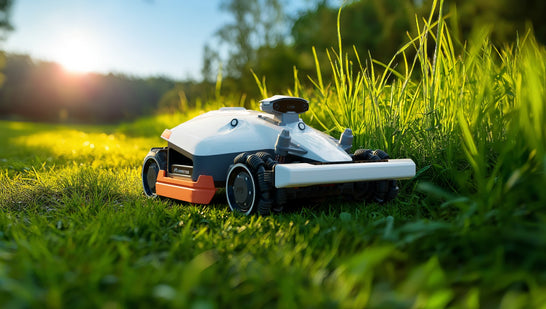
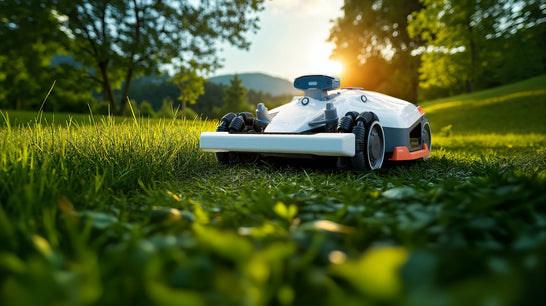
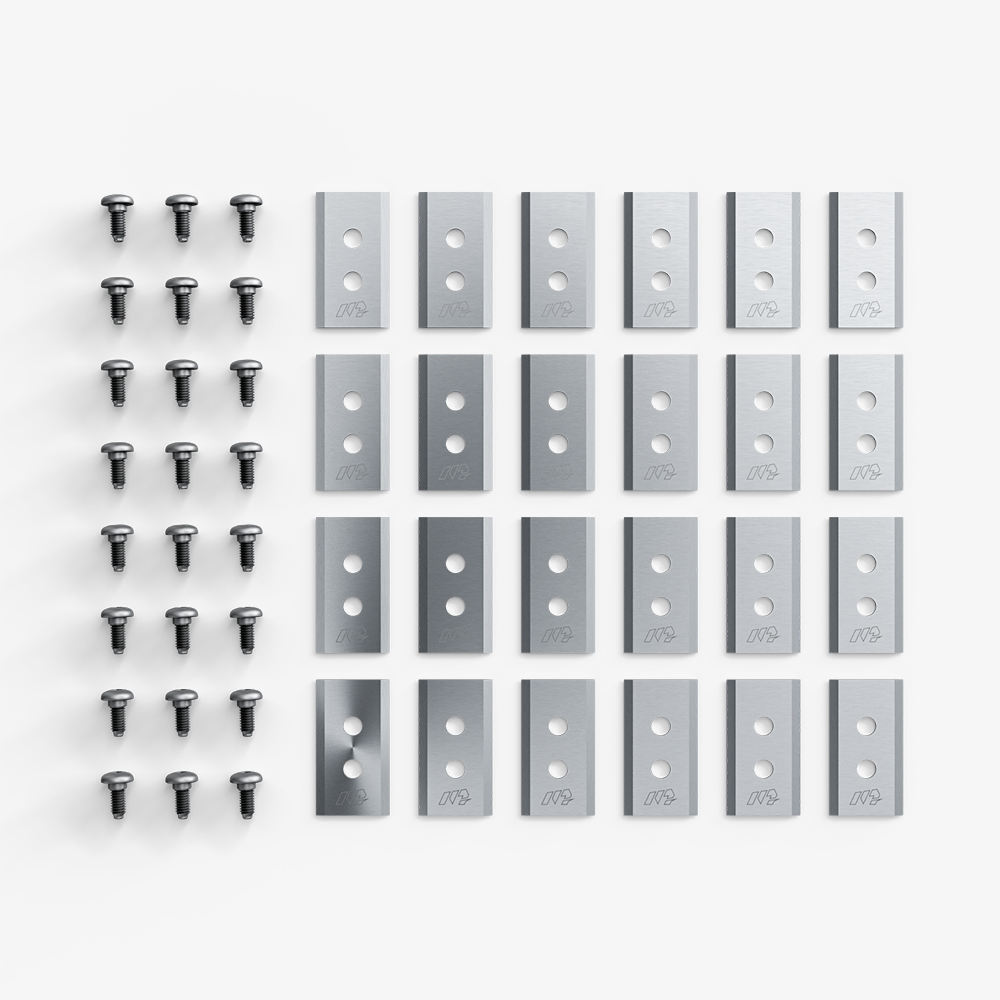
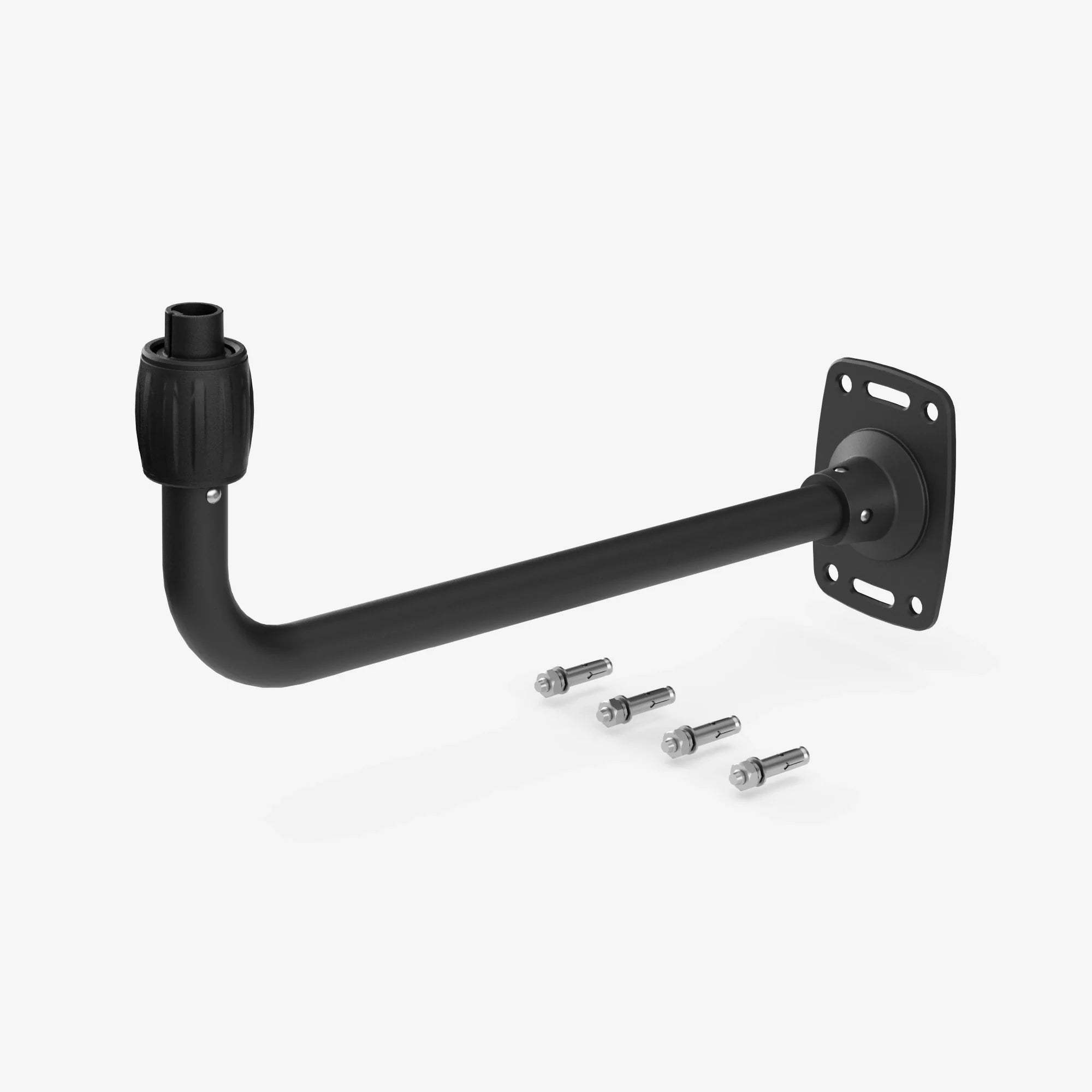
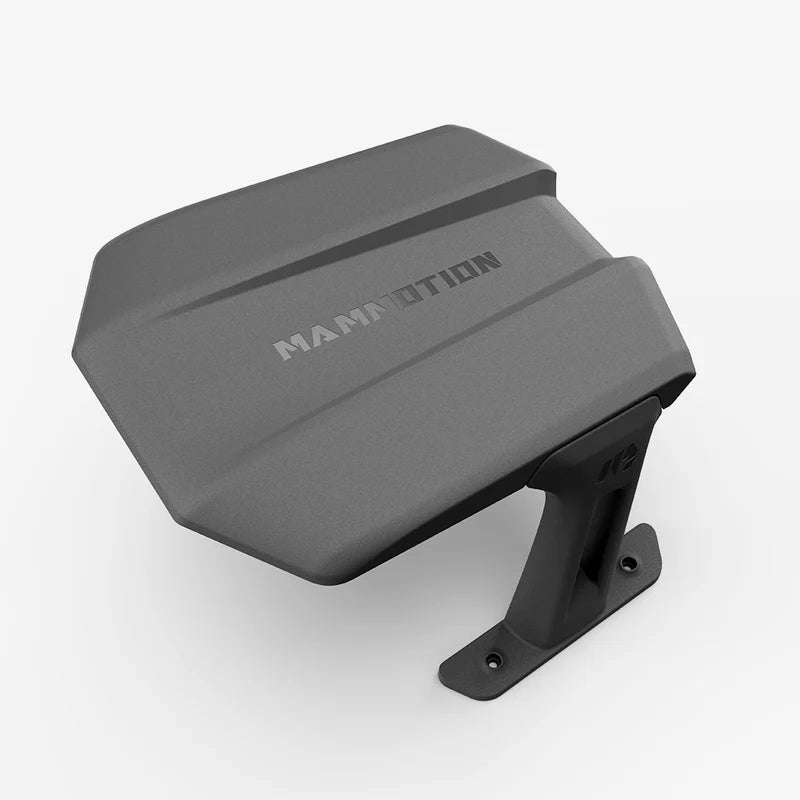
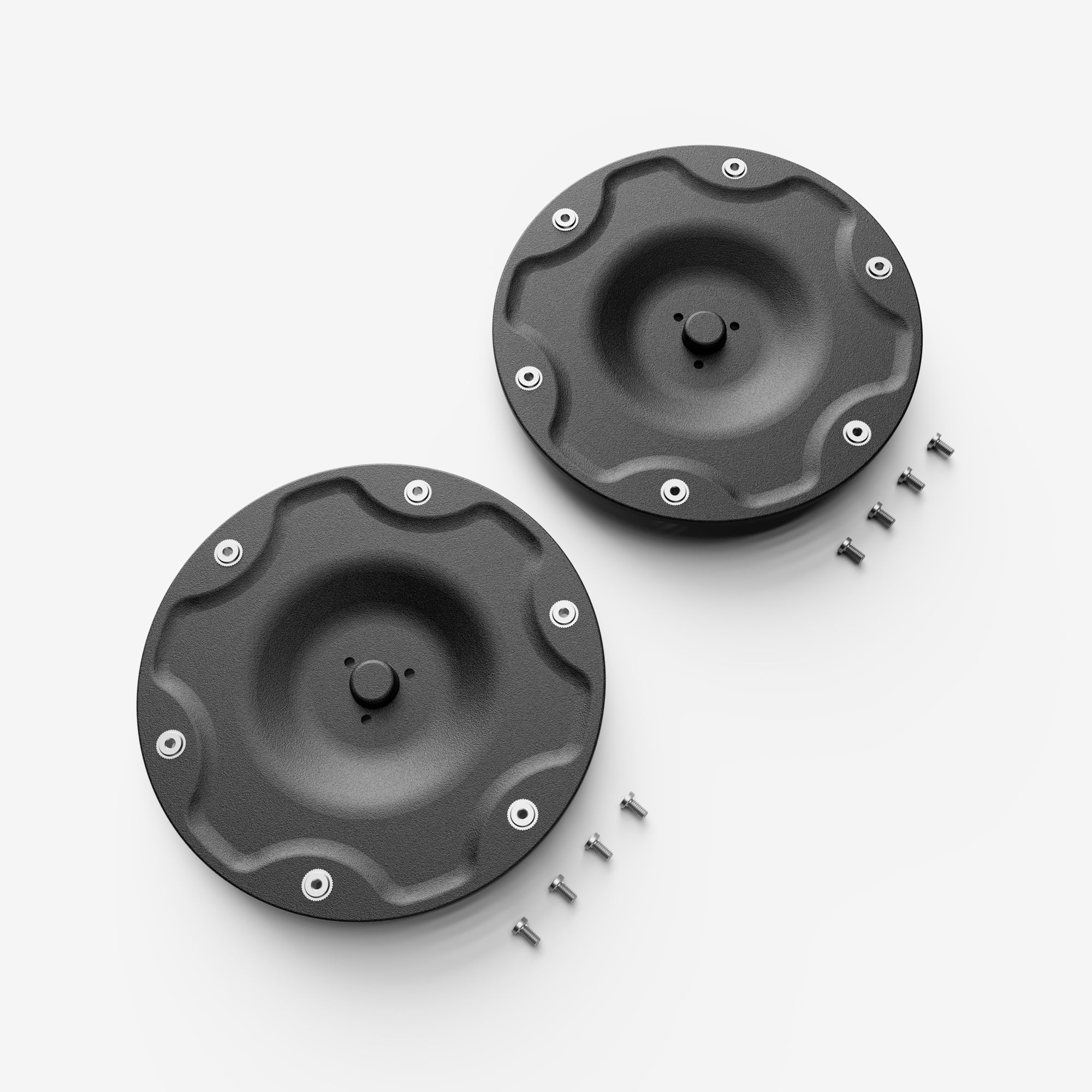

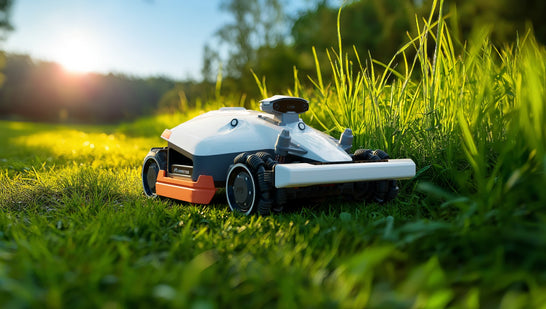
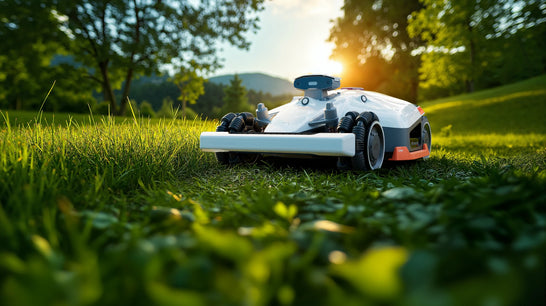
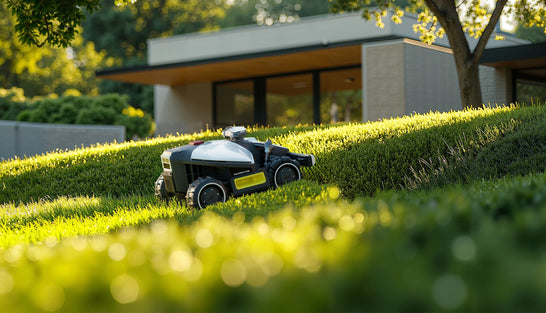
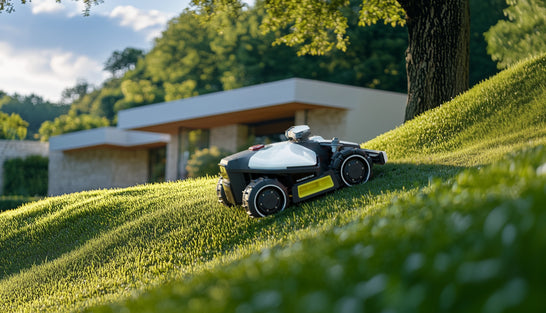
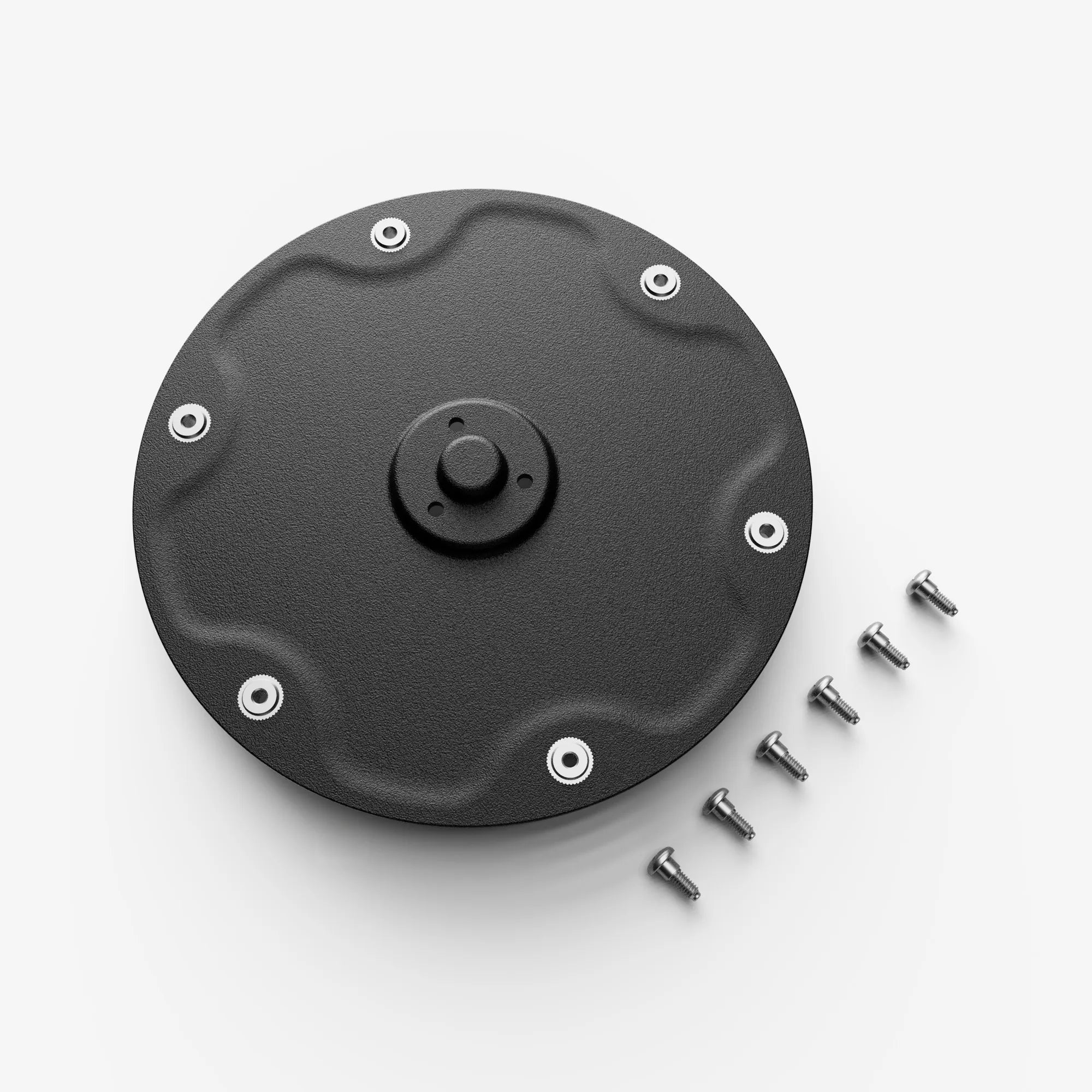
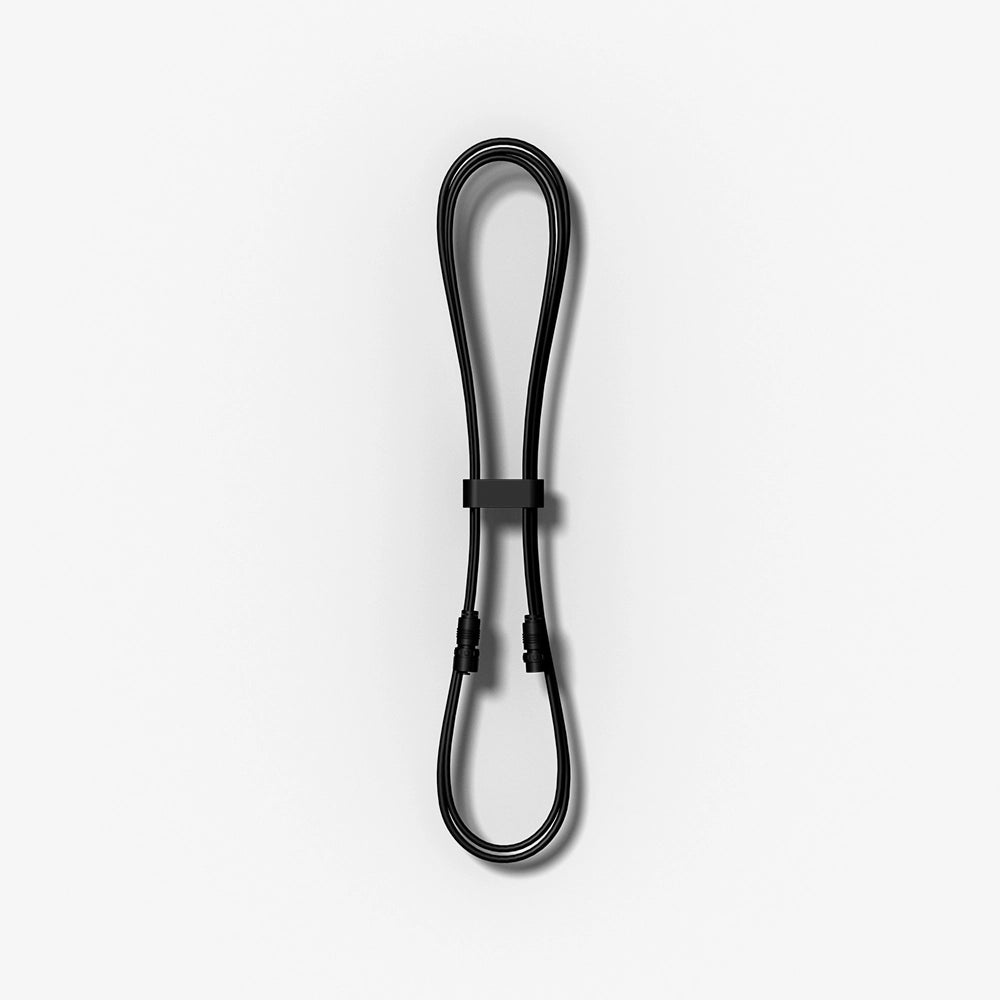
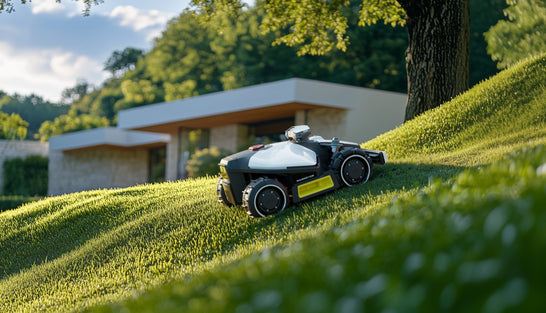
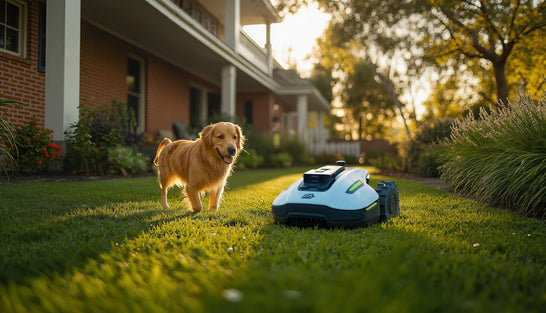
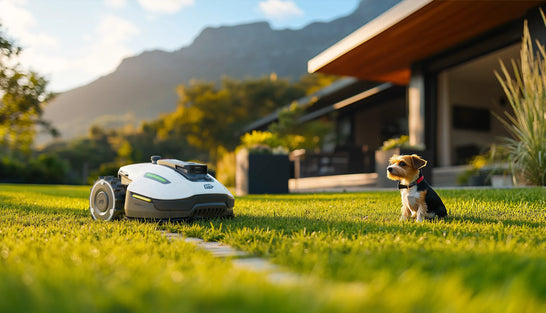
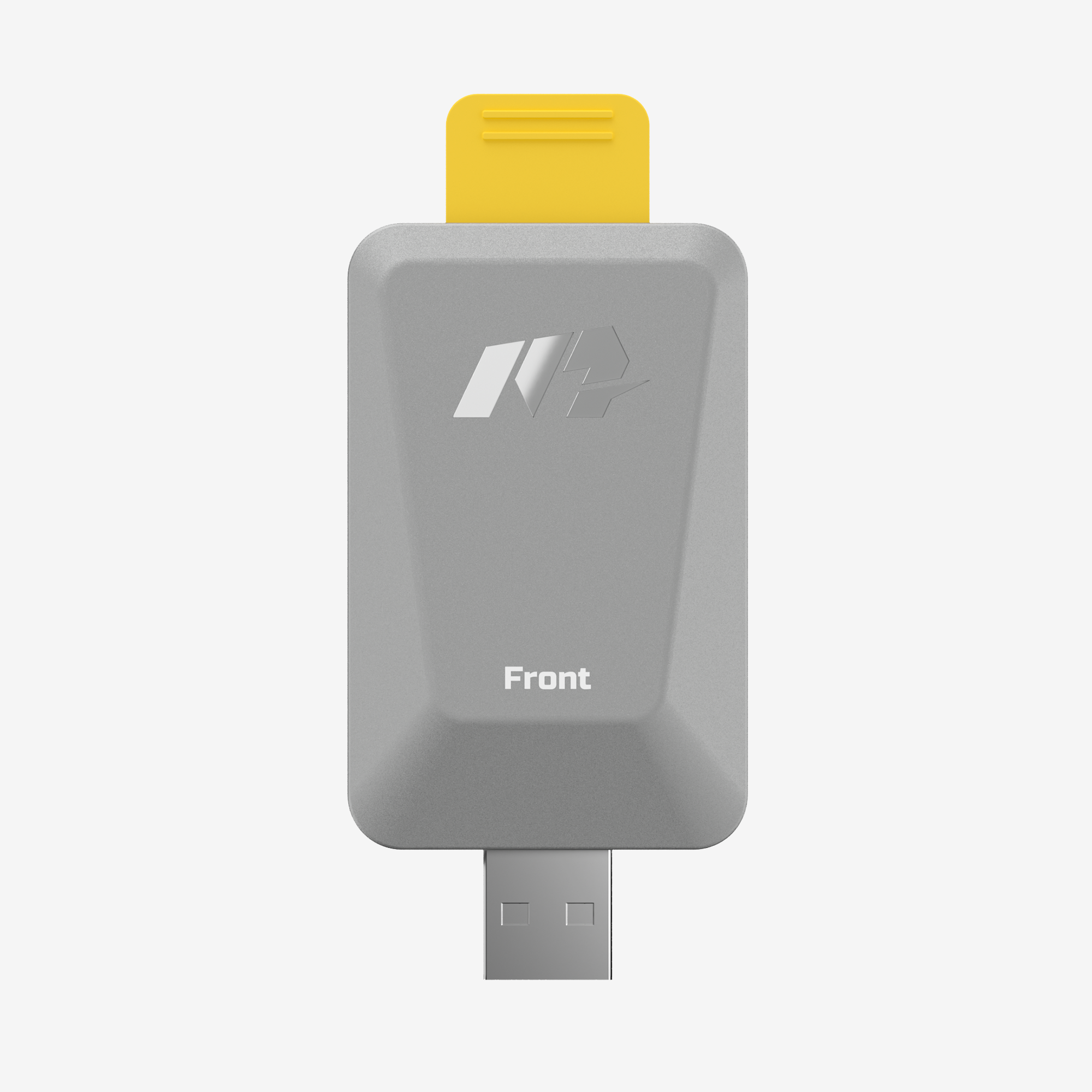
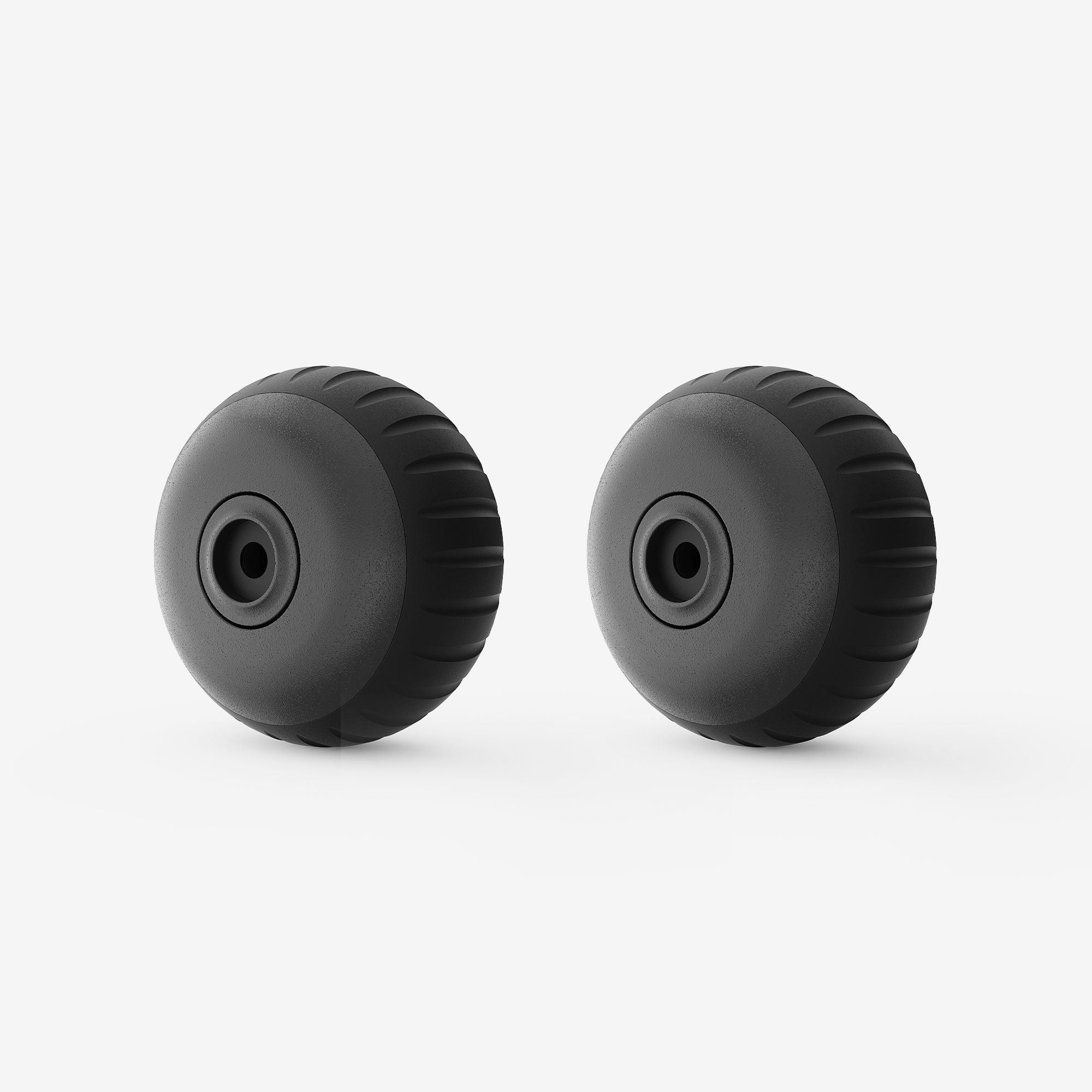
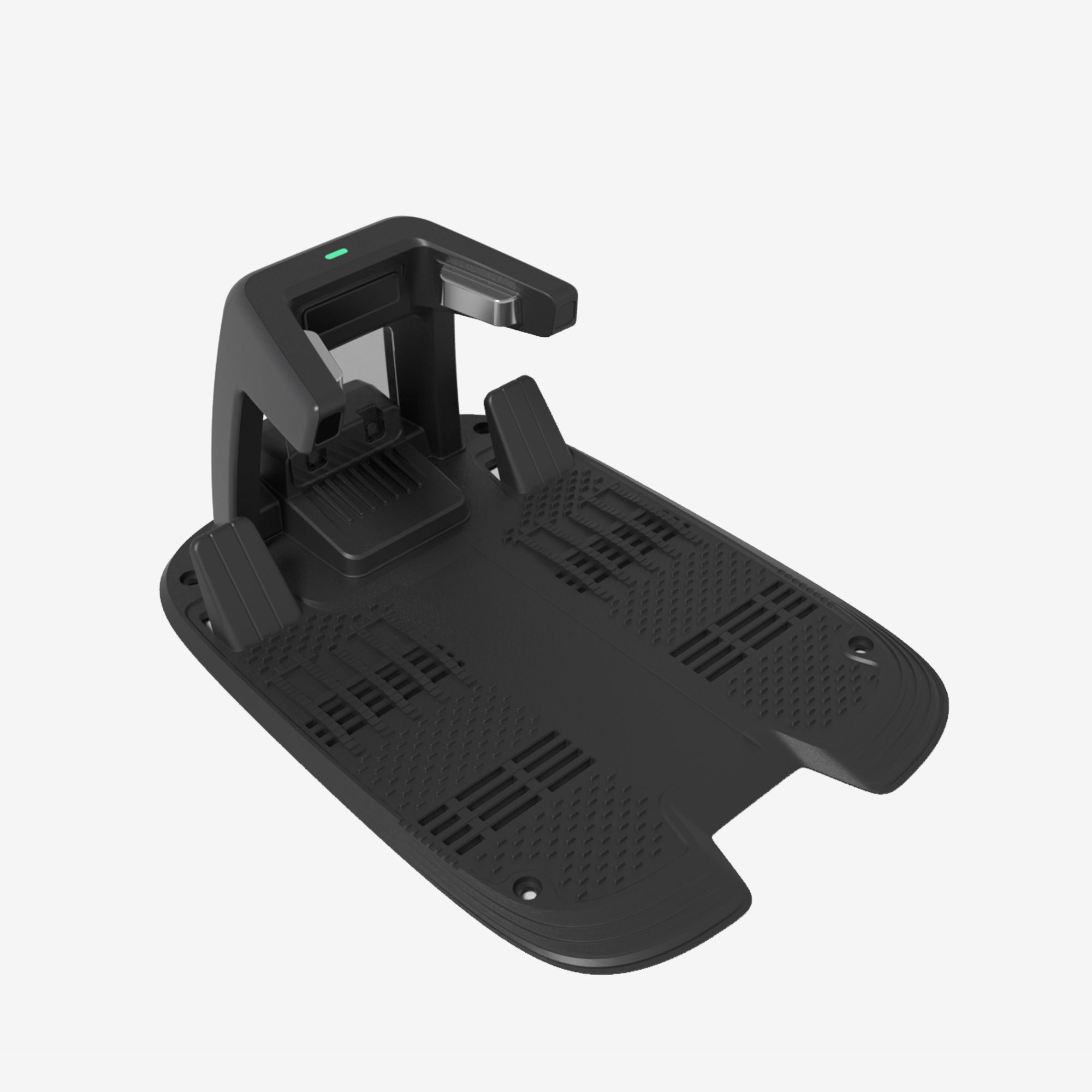
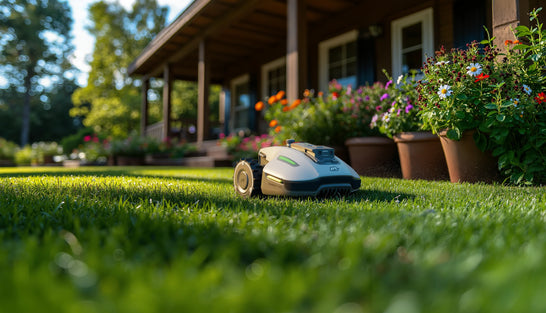
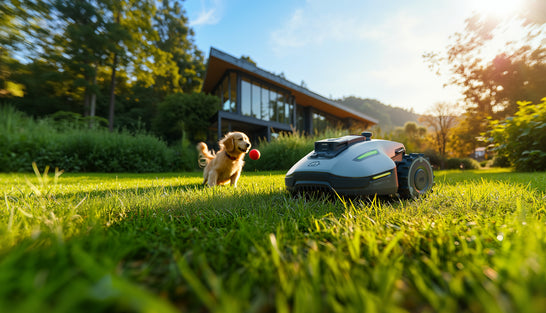
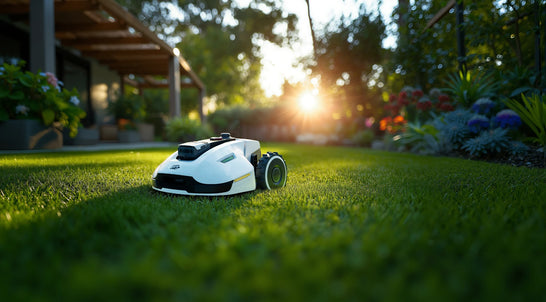
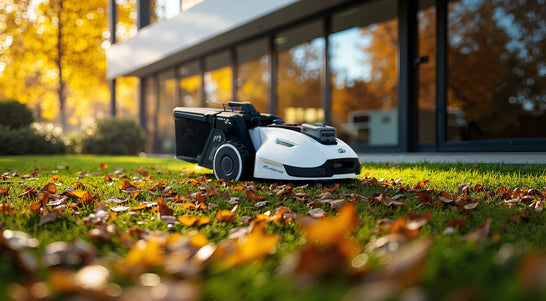
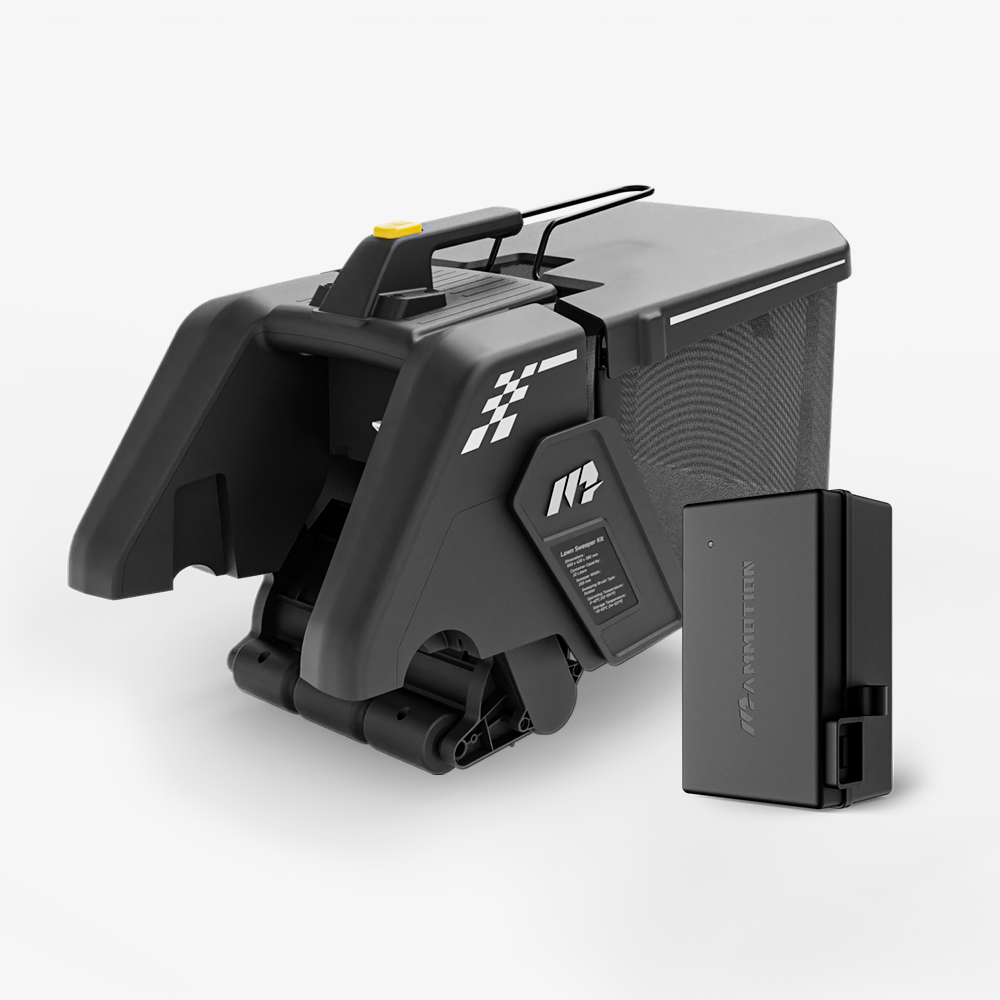
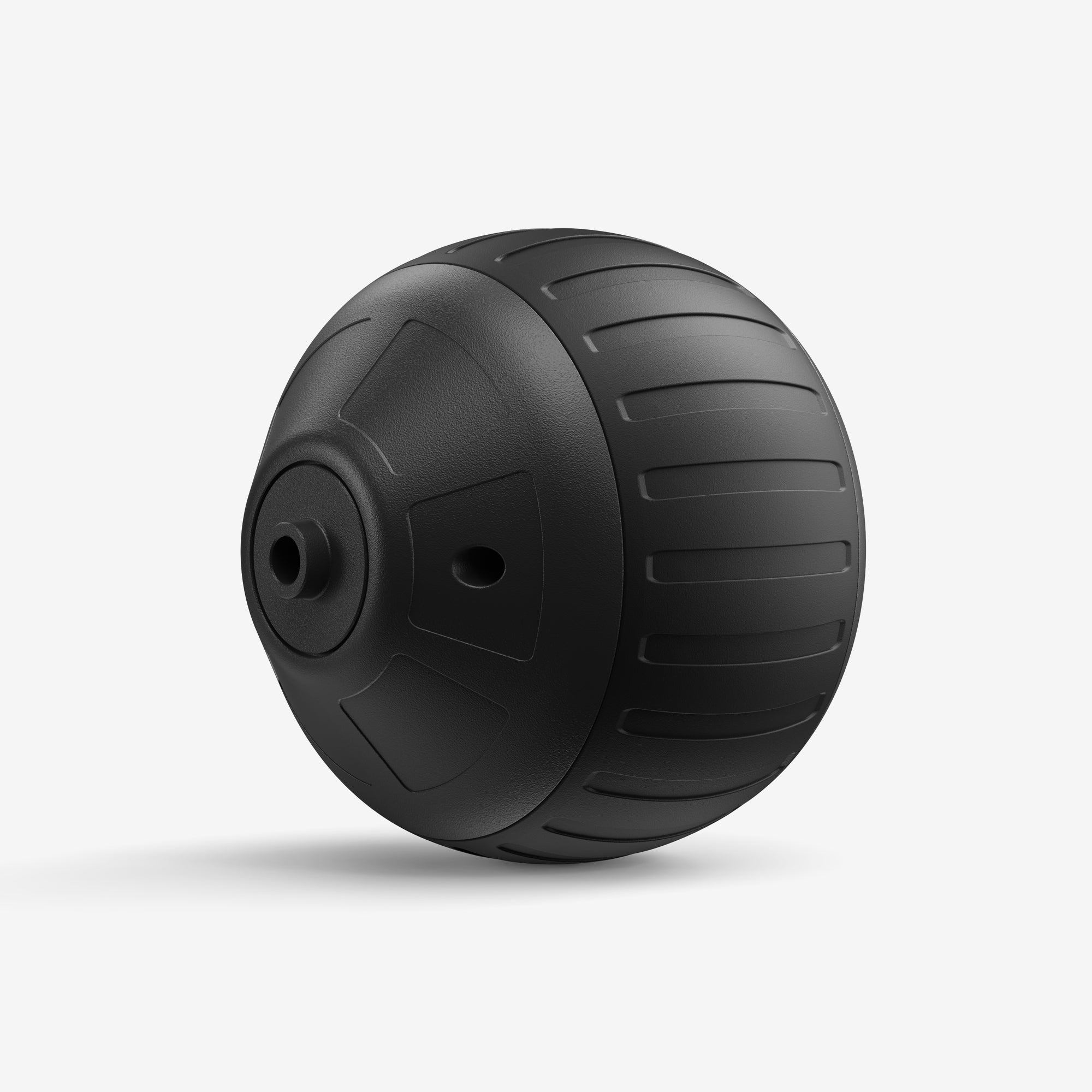
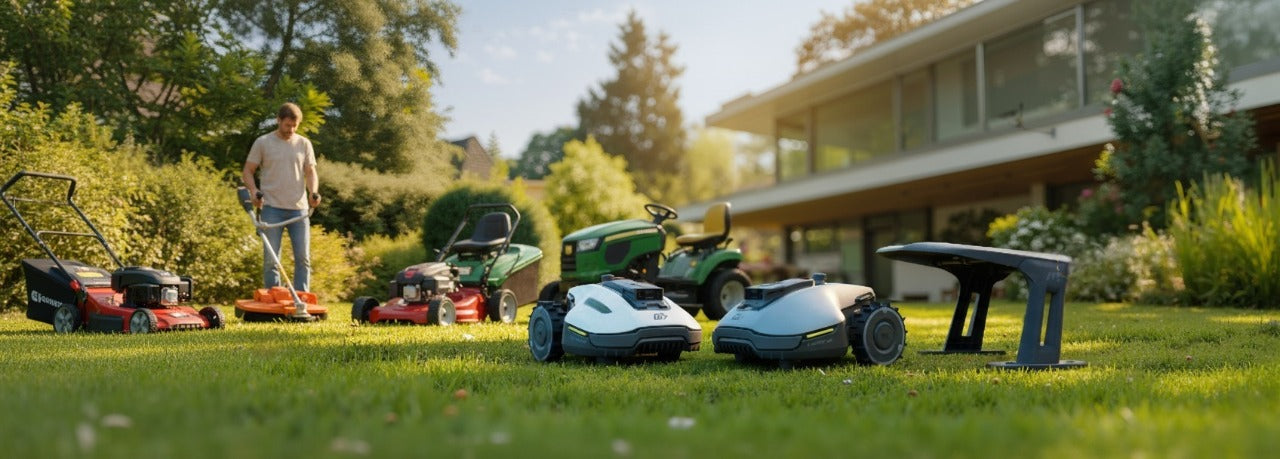
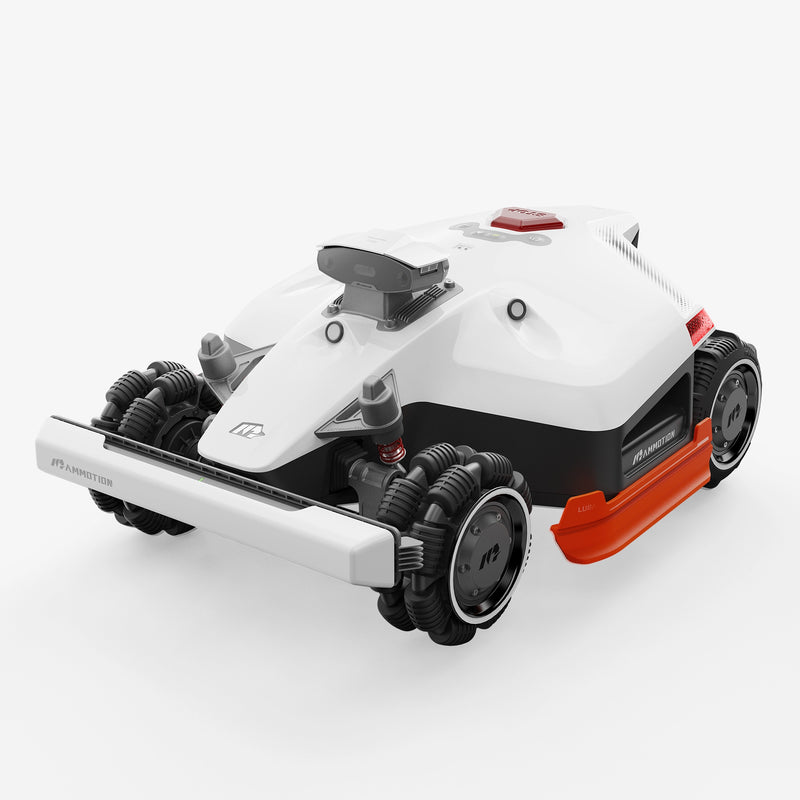

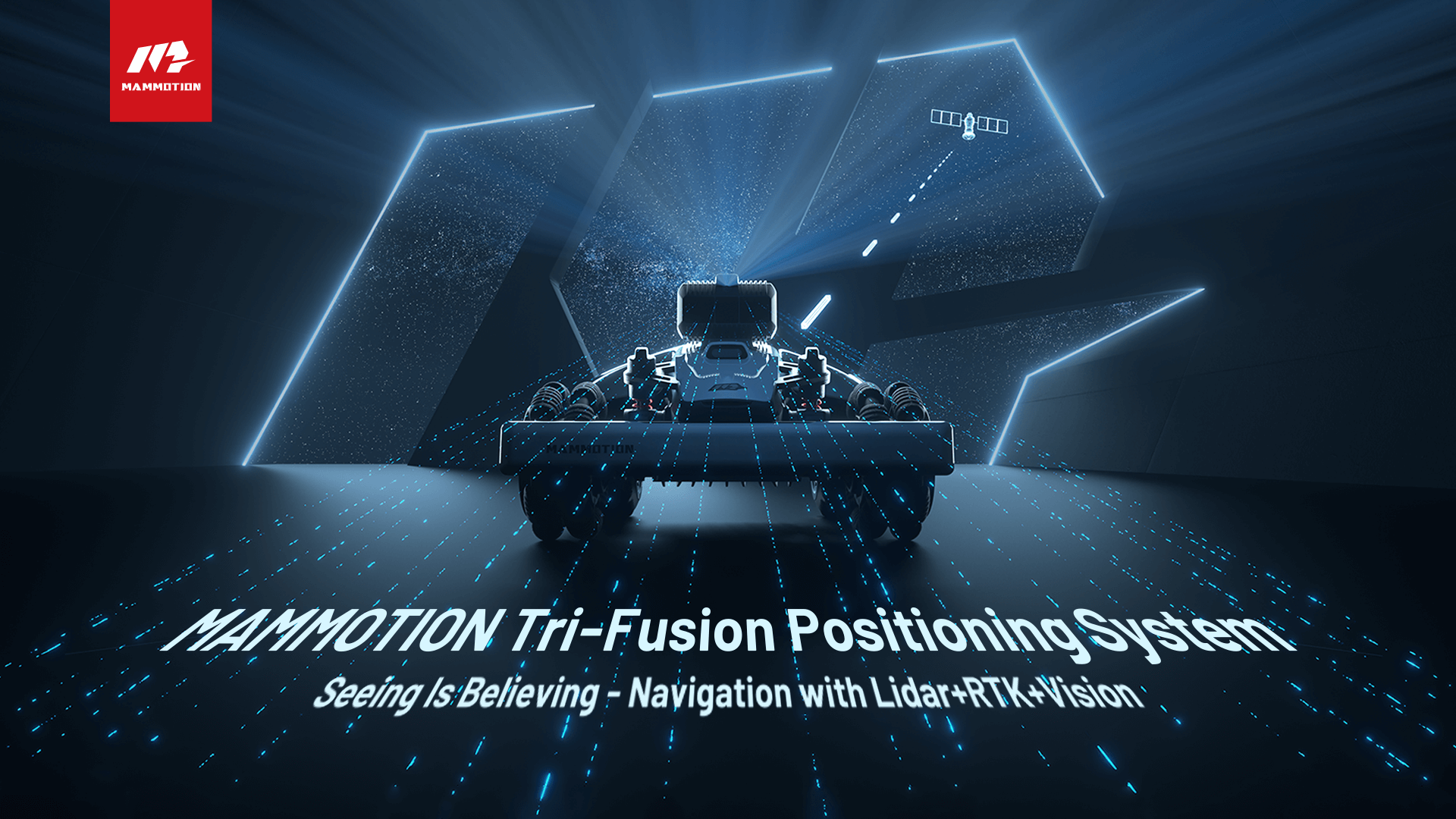
Leave a comment
This site is protected by hCaptcha and the hCaptcha Privacy Policy and Terms of Service apply.